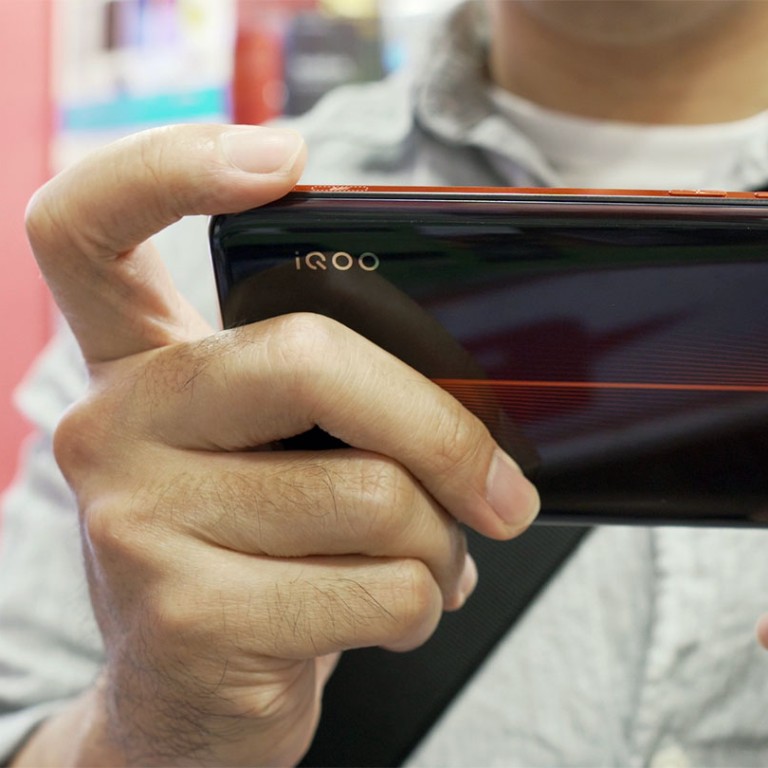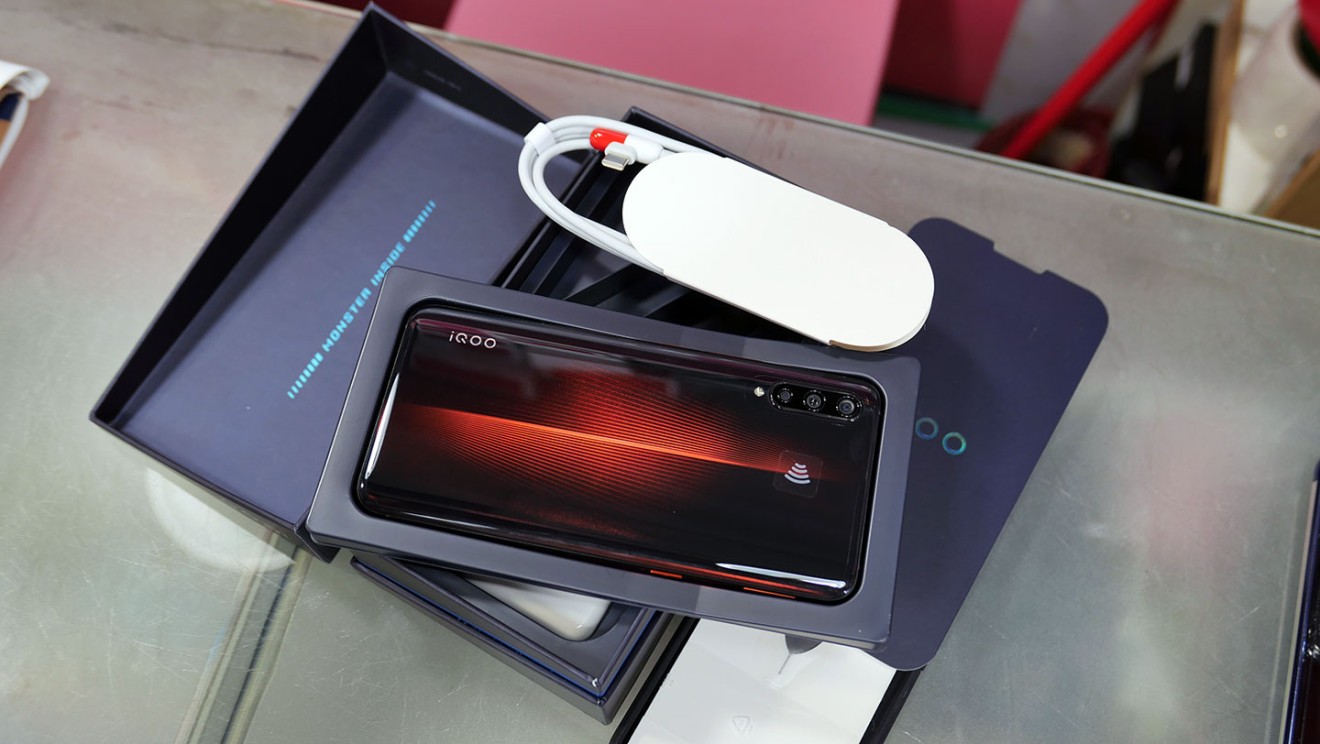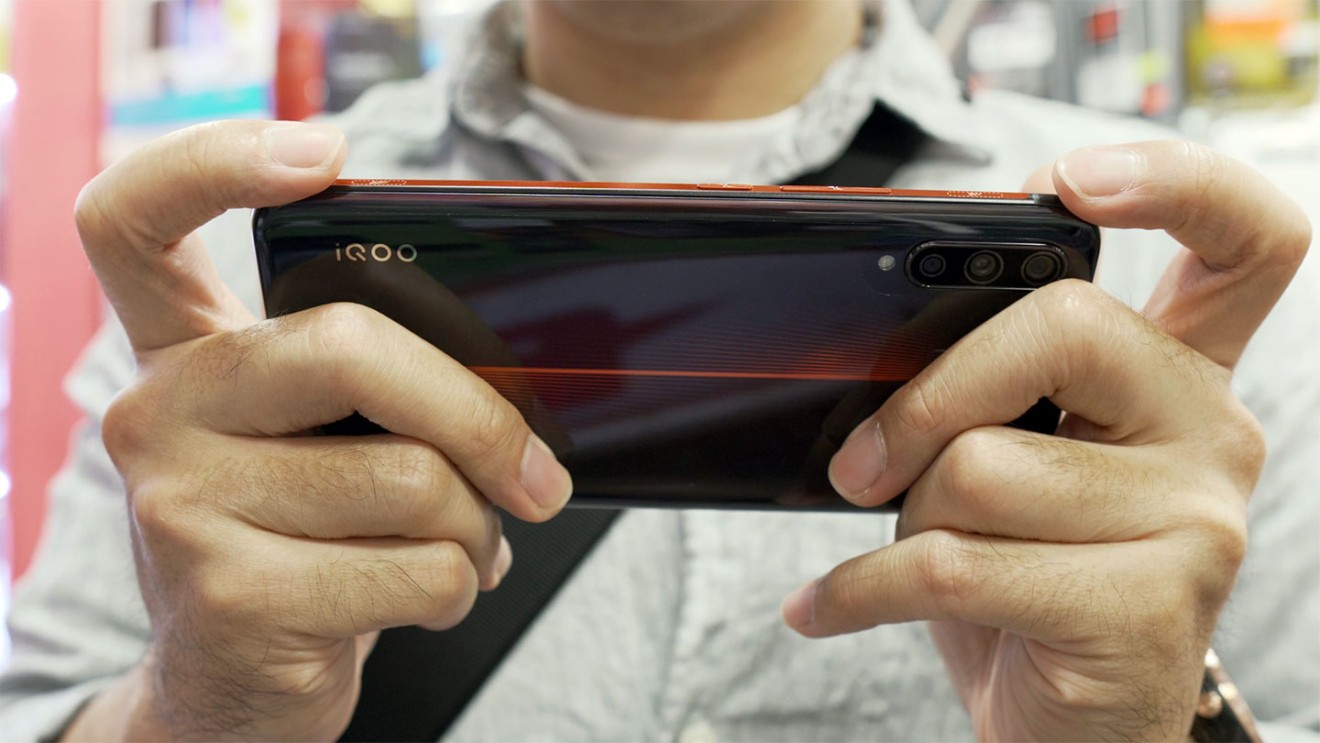
The Vivo iQOO is for gamers on a budget
We tried out Vivo's gaming smartphone
I’m generally not a huge fan of gaming smartphones. Part of it is the price: They usually don’t come cheap. Another reason is the looks: Some people may like sharp edges, backlit logos, or speaker grilles on the front -- but they just aren’t my thing.


I also really like the LED strip on the back. It lights up when you get notifications on the phone and during charging, which is pretty neat.
The touch sensors on the side are another interesting feature. Equipped with ultrasonic technology, they act as trigger buttons during gaming, sort of like the Air Trigger on the Asus ROG phone. Personally though, I still prefer physical trigger buttons for a more solid feedback.

The iQOO looks cool, but you might need some time to get used to its software. The phone comes with a customized Android 9 Pie UI called Funtouch OS. I’m more used to Google and Apple’s layout, so it took me a while to find the quick settings panel on iQOO. The app icons on the homescreen also look rounder on Funtouch, which feels a bit odd to me. The settings menu is loaded with options, which felt a little complicated for my taste when I tried it out.
The price is very attractive though. The iQOO starts from 2,988 yuan (US$445) for the base model (6GB + 128GB), and goes up to 4,298 yuan (US$640) for the higher-end model (12GB + 256GB).
For more insights into China tech, sign up for our tech newsletters, subscribe to our Inside China Tech podcast, and download the comprehensive 2019 China Internet Report. Also roam China Tech City, an award-winning interactive digital map at our sister site Abacus.

